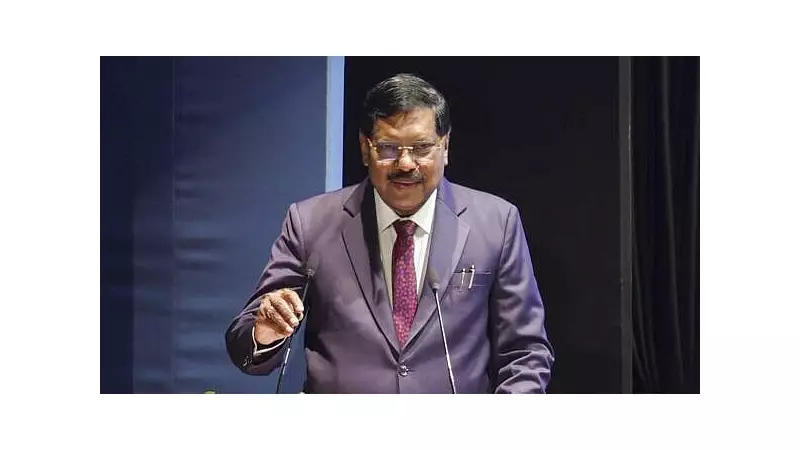
Chief Justice of India B.R. Gavai is set to conclude his tenure on Sunday, November 23, 2025, marking the end of a period noted for its significant strides in diversifying the higher judiciary. His successor, Justice Surya Kant, will be sworn in as the next Chief Justice of India on November 24.
A Landmark Tenure for Judicial Diversity
One of the most notable aspects of Chief Justice Gavai's leadership was the focus on broadening the representation within the Supreme Court and High Courts. Under his watch, a total of 11 judges from the Backward Classes and 10 judges from the Scheduled Castes were appointed to the higher judiciary. This collective appointment of 21 judges from these communities is seen as a historic step towards creating a more inclusive and representative judicial system in India.
The Transition of Power
The official transition is scheduled for the weekend. CJI B.R. Gavai will demit office on November 23, a Sunday. The following day, Monday, November 24, will see Justice Surya Kant take the oath as the new Chief Justice of India. This orderly succession is a key feature of India's robust judicial framework.
Implications for the Future
The appointments made during this period are expected to have a long-lasting impact on the Indian judiciary. By ensuring greater representation from the Backward Classes and Scheduled Castes, the courts move closer to reflecting the diverse social fabric of the nation. This development is widely viewed as a positive move for the accessibility and perception of the justice system among all sections of society.





